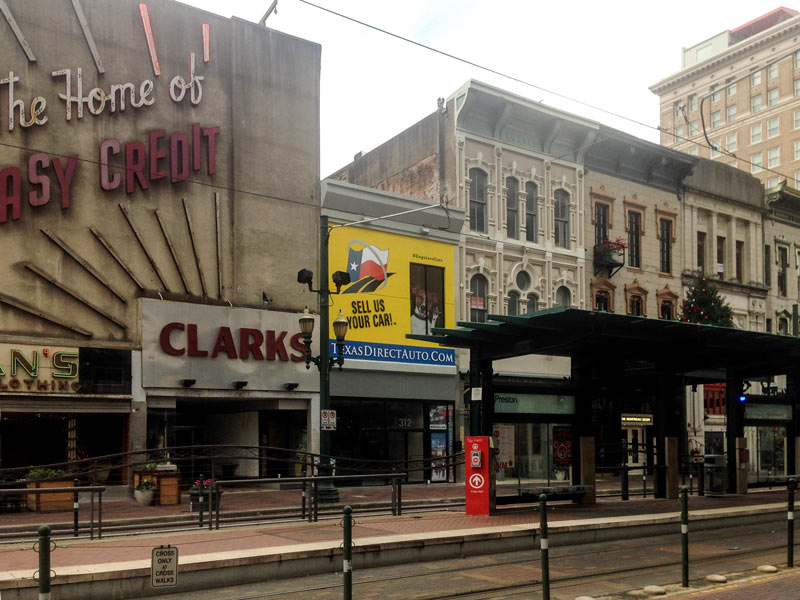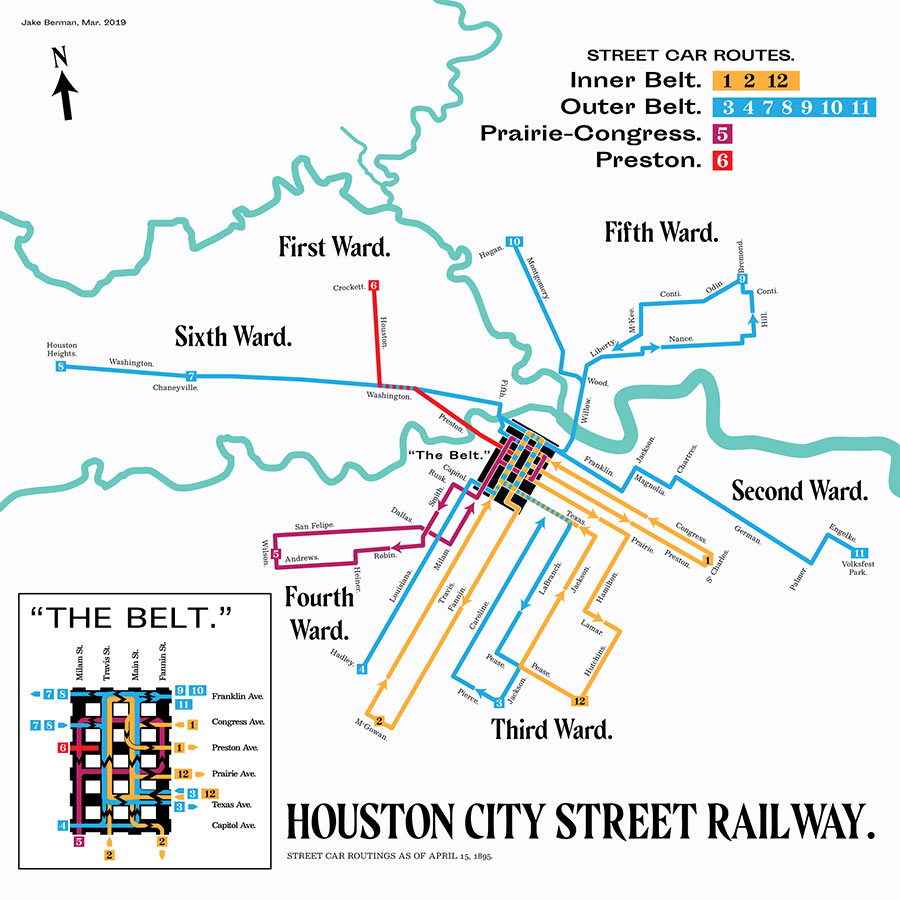

Here’s one way to make a graphic comparison of the tight-knit electric streetcar routes that crisscrossed tiny 1895 Houston (pop. 44,643) to today’s more spindly 22.7-mile light-rail network: Zoom way in, so that Buffalo and White Oak Bayous, not the more familiar target-like succession of looping freeways, appear as the major urban landscape feature — and stops in the Museum District and at UH line up at the edge of the frame like far-flung commuter suburbs. That’s the approach New York-based serial transit-system cartographer Jake Berman has taken in his latest in a series of now-and-then rail comparisons, also suitable for framing.
- Maps by Jake Berman [Fiftythree Studio] via Reddit
Maps: Jake Berman


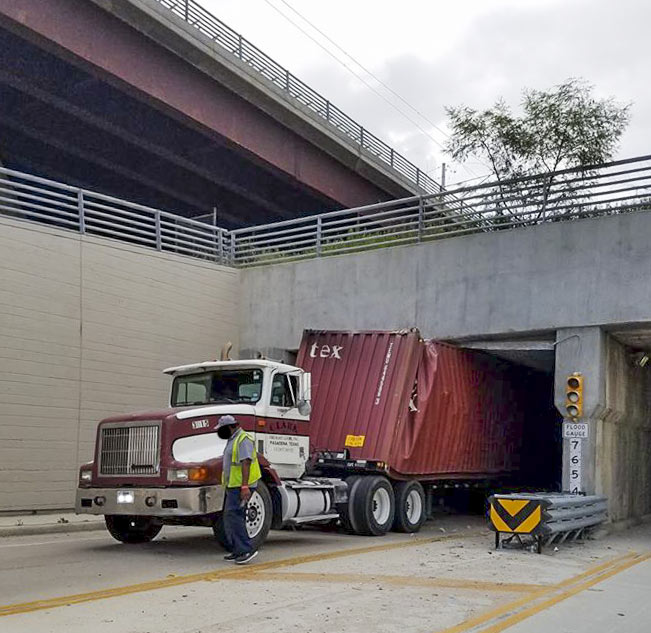
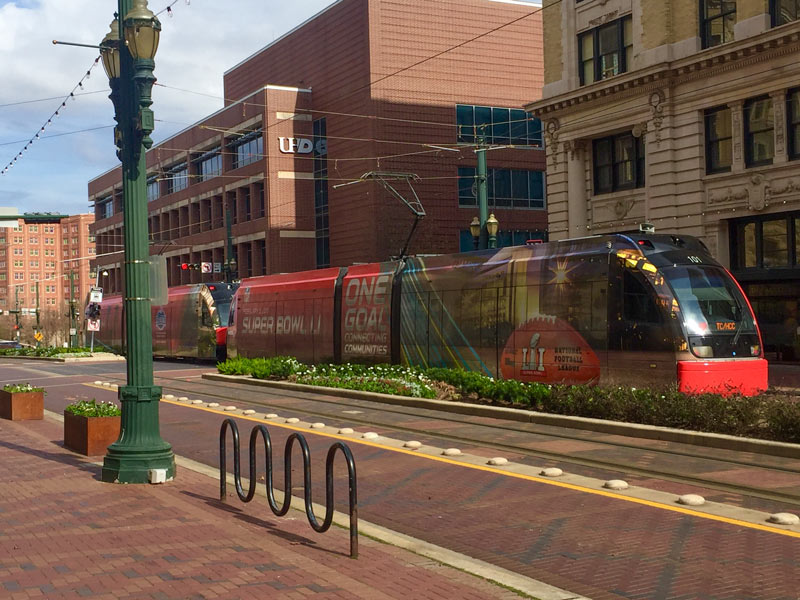 Following 2 deaths over the course of Super Bowl Week and Weekend resulting from cyclist-vs-light-rail collisions, the Chronicle‘s Dug Begley takes a look at how Houston stacks up nationally in terms of train-related accidents. The verdict, after a look through some National Transit Database data: Houston’s rail system has more walker and cyclist hits per mile “than any other major line in the country.” Houston breezes in at less that 100,000 train miles travelled per collision (compared to more than twice as many miles traveled per collision in Dallas, and more than 17 times as many in Boston). Metro CEO Tom Lambert
Following 2 deaths over the course of Super Bowl Week and Weekend resulting from cyclist-vs-light-rail collisions, the Chronicle‘s Dug Begley takes a look at how Houston stacks up nationally in terms of train-related accidents. The verdict, after a look through some National Transit Database data: Houston’s rail system has more walker and cyclist hits per mile “than any other major line in the country.” Houston breezes in at less that 100,000 train miles travelled per collision (compared to more than twice as many miles traveled per collision in Dallas, and more than 17 times as many in Boston). Metro CEO Tom Lambert 
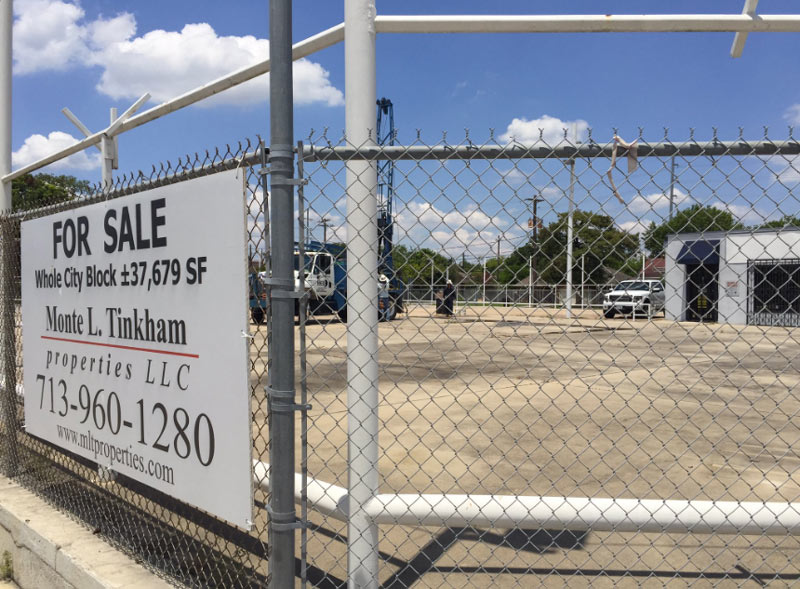

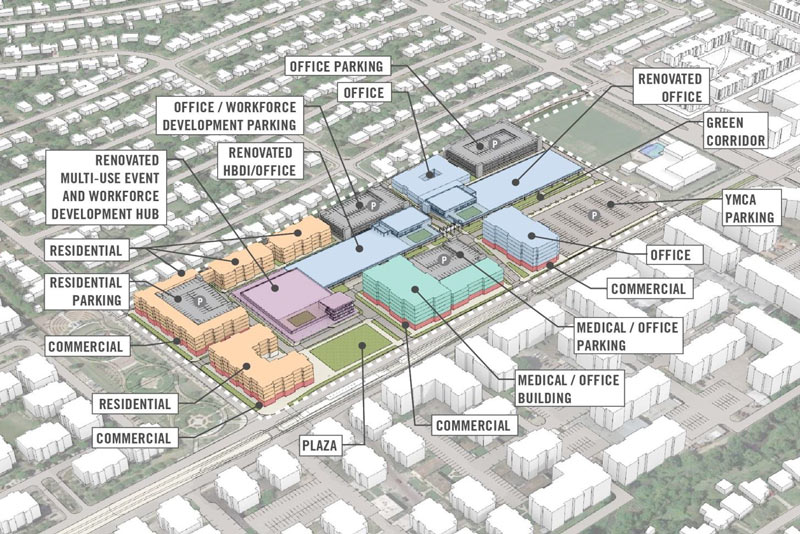
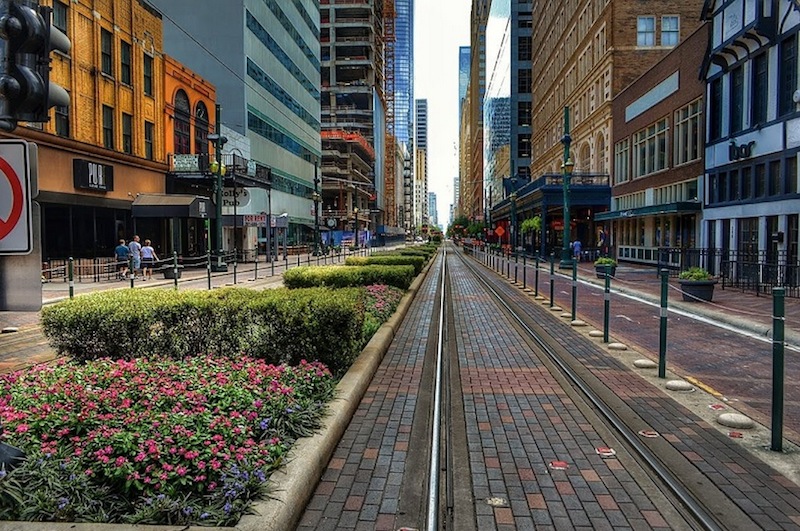 Though they don’t have the numbers to prove it, Metro officials are concerned that regularly late trains may be driving away riders,
Though they don’t have the numbers to prove it, Metro officials are concerned that regularly late trains may be driving away riders,  “Light-rail transit the way METRO has built it is slow, and actually adds somewhat to congestion by taking up a vehicular lane and messing up traffic flows (i.e. no left turns).  . . . Frankly, buses accomplish the job just about as well, even if they aren’t glamorous to some people.
“Light-rail transit the way METRO has built it is slow, and actually adds somewhat to congestion by taking up a vehicular lane and messing up traffic flows (i.e. no left turns).  . . . Frankly, buses accomplish the job just about as well, even if they aren’t glamorous to some people. 

